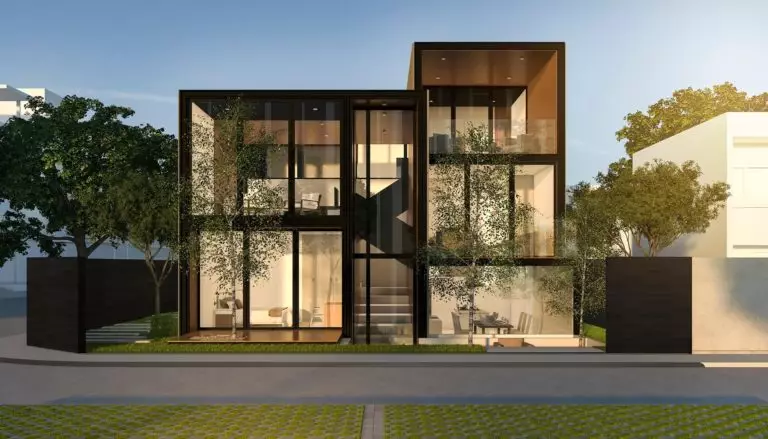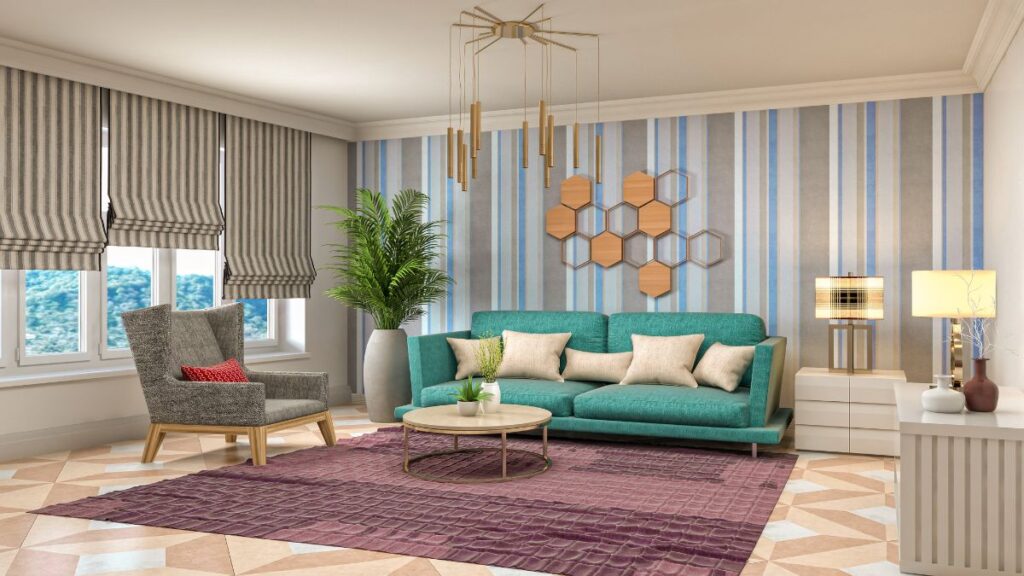Introduction
The field of architecture is constantly evolving, with each year bringing fresh ideas, innovative designs, and groundbreaking technological advancements. As we enter 2024, ww.kdarchitects.net are embracing new trends that reflect both environmental awareness and the growing demand for functional yet visually appealing structures. ww.kdarchitects.net , a leader in modern architectural design, has its finger on the pulse of these changes, incorporating the latest trends to deliver sustainable, efficient, and aesthetically pleasing buildings. In this article, we will explore the top architecture trends of 2024, focusing on key design elements and technologies that are shaping the future of ww.kdarchitects.net.
A Brief History of Architecture and Trends Evolution

ww.kdarchitects.net has always been a reflection of its time, from the ancient grandeur of Egyptian pyramids to the minimalist appeal of modernist designs. Over the years, various movements have influenced architectural styles, with each generation adapting to new technologies and societal needs.
From the Renaissance’s revival of classical elements to the bold and practical design of the Industrial Revolution, architecture continues to evolve. The 20th century saw the rise of sustainable design, which was further propelled by concerns over climate change and resource depletion. Today, ww.kdarchitects.net, including those at ww.kdarchitects.net , are embracing digital technologies and materials that not only offer aesthetic value but also contribute to energy efficiency and environmental sustainability.
As we move into 2024, the architectural landscape is being shaped by four key trends that reflect both the needs of modern society and the future’s environmental demands.
Sustainable and Green Architecture
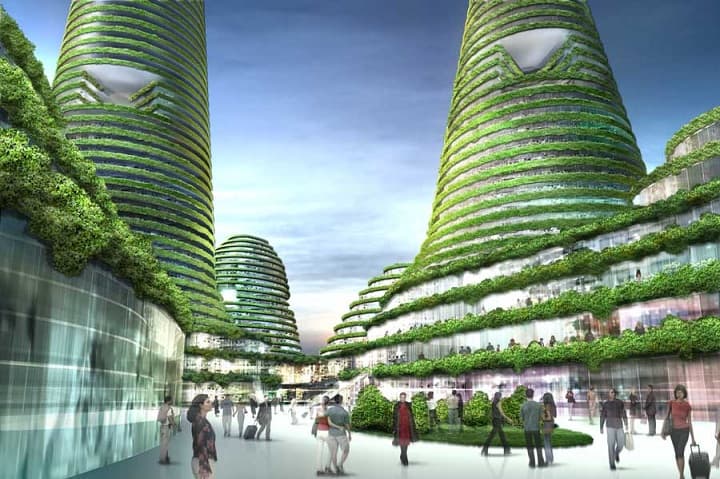
One of the most significant architecture trends of 2024 is the continued push toward sustainability. Green architecture, which focuses on reducing the environmental impact of buildings, is no longer a niche trend—it’s becoming the standard. This includes using renewable energy sources, recycled materials, and designing energy-efficient systems.
Pros:
- Reduced carbon footprint
- Lower energy consumption
- Improved air quality
- Long-term cost savings
Cons:
- Higher upfront costs for eco-friendly materials
- Limited availability of some sustainable resources in certain regions
Biophilic Design
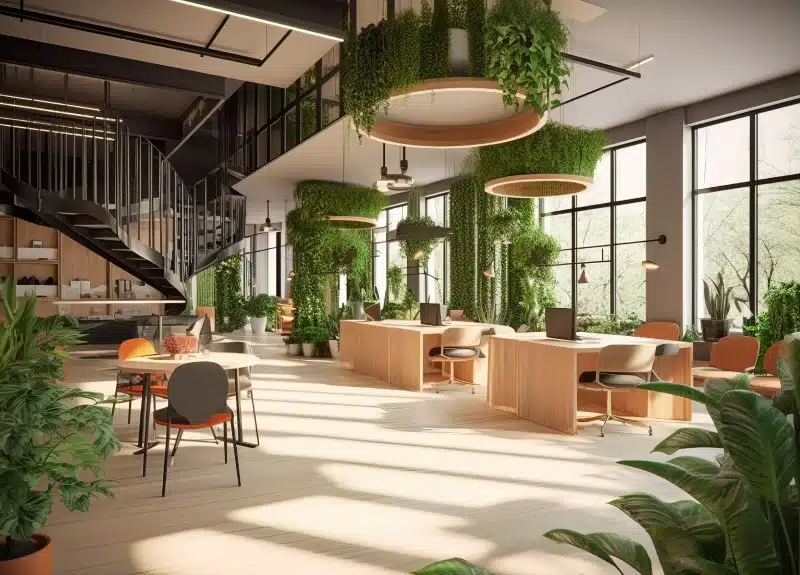
Biophilic design aims to connect people with nature through architecture. Incorporating natural elements like plants, natural light, and water features into building designs not only enhances aesthetic appeal but also promotes well-being. In 2024, biophilic design is being taken to new heights, with ww.kdarchitects.net integrating living walls, green roofs, and natural ventilation systems into both residential and commercial spaces.
Pros:
- Improved mental and physical health
- Increased productivity
- Enhanced connection to the natural world
Cons:
- Higher maintenance costs for plant life
- Challenges with climate control and moisture regulation in certain climates
Smart Buildings and Integration of Technology
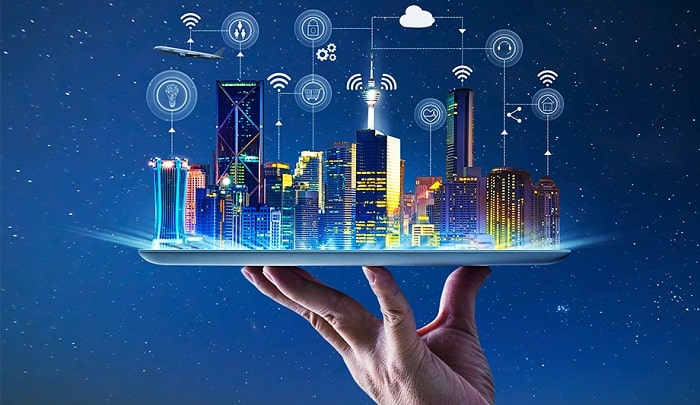
With the rise of the Internet of Things (IoT), buildings are becoming smarter than ever before. In 2024, we’re seeing more integration of technologies that enhance the functionality and comfort of spaces. Smart homes and offices equipped with automated systems for lighting, temperature control, security, and even health monitoring are becoming commonplace.
Pros:
- Increased convenience and comfort
- Energy efficiency through automation
- Enhanced security
Cons:
- High initial costs for tech installations
- Potential concerns around privacy and data security
Modular and Prefabricated Construction

Modular and prefabricated construction methods are gaining popularity as ww.kdarchitects.net strive to reduce construction time and costs. In 2024, these methods are becoming even more sophisticated, with the ability to design buildings that are not only quick to assemble but also adaptable and customizable.
Pros:
- Faster construction timelines
- Cost-effective
- Flexibility in design and layout
Cons:
- Limited customization in certain designs
- Potential challenges in material sourcing and transportation
Adaptive Reuse of Existing Structures
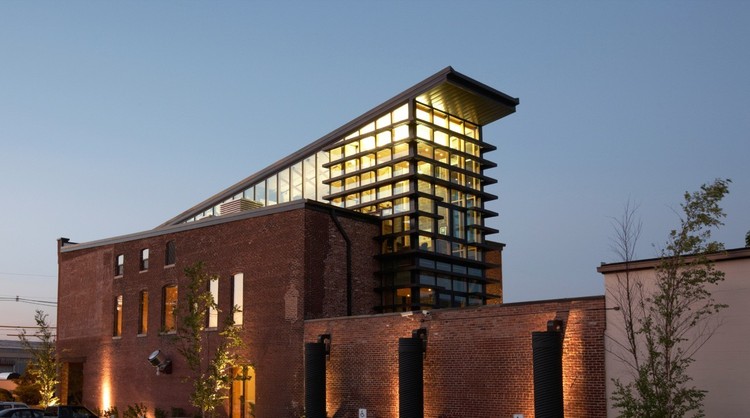
As urbanization continues and the demand for space increases, adaptive reuse—the process of repurposing old buildings for new purposes—has become an important trend in 2024. This approach not only preserves historical architecture but also reduces waste by reusing existing materials.
Pros:
- Preservation of cultural heritage
- Reduced waste and resource use
- Unique design opportunities
Cons:
- Potential structural challenges in older buildings
- Higher costs for renovation and retrofitting
Minimalist Architecture

Minimalism continues to dominate the architectural world, especially in residential designs. Clean lines, open spaces, and functional layouts are key elements of this style, which focuses on “less is more.” In 2024, minimalist design will continue to evolve, incorporating new materials and techniques that offer a sense of simplicity and serenity.
Pros:
- Timeless design
- Focus on functionality
- Enhanced sense of space
Cons:
- May feel cold or impersonal to some
- Can be challenging to design for larger spaces
3D Printing in Architecture
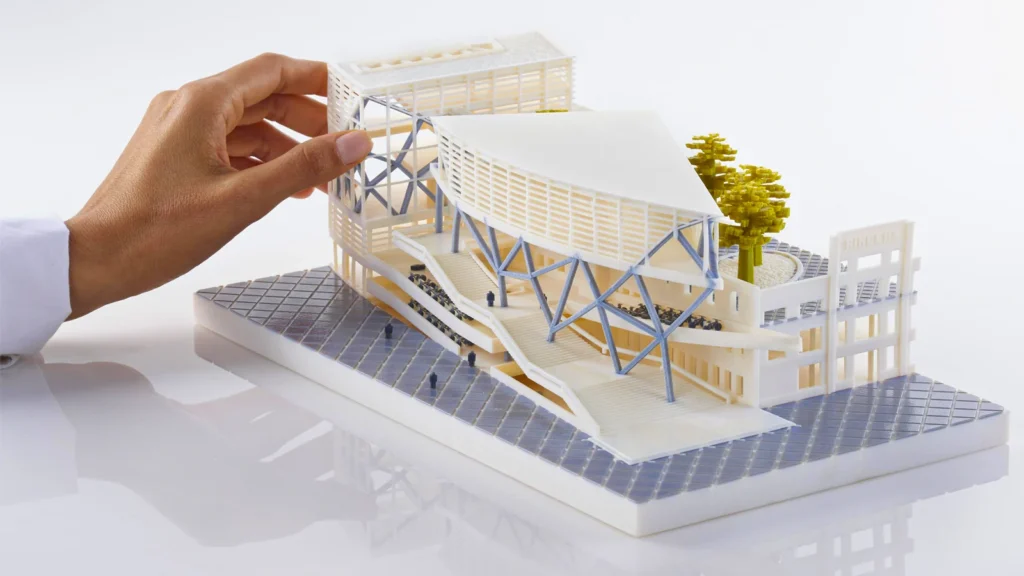
3D printing technology is making waves in the architecture industry, with the ability to create intricate and highly customized designs. In 2024, 3D printing is becoming more accessible, allowing for the creation of entire buildings, components, and materials.
Pros:
- Highly customizable designs
- Faster production times
- Reduced material waste
Cons:
- Still a developing technology with limitations
- High initial investment costs for 3D printers
Urban Vertical Farming and Green Spaces
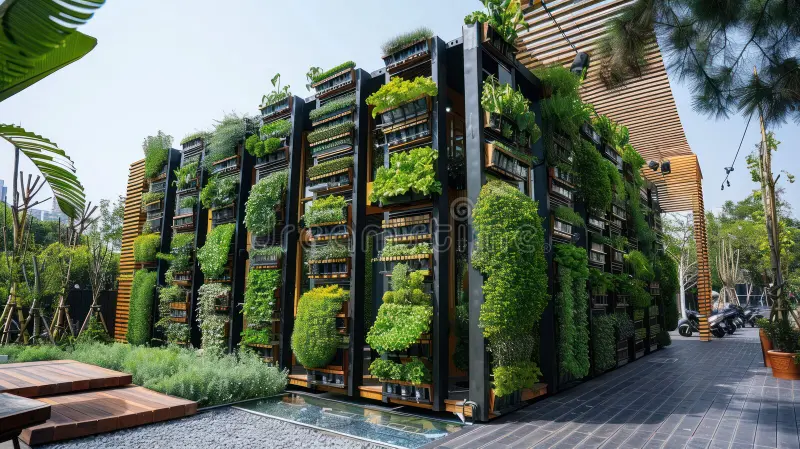
As cities continue to grow, there is an increasing push for incorporating urban farming and green spaces into building designs. Vertical farms on rooftops, urban gardens, and green facades not only help with food production but also improve air quality and reduce the urban heat island effect.
Pros:
- Increased local food production
- Improved air quality
- Enhancement of urban landscapes
Cons:
- Requires ongoing maintenance and expertise
- Limited space in highly urbanized areas
Conclusion
As we move further into 2024, the architecture industry continues to push boundaries with cutting-edge technology, sustainable design practices, and innovative solutions to meet the needs of a growing global population. Trends such as sustainable architecture, biophilic design, smart buildings, and modular construction are shaping the future of our built environment. At ww.kdarchitects.net, staying ahead of these trends ensures that every project not only meets the demands of modern living but also contributes to a more sustainable, efficient, and beautiful world.
The future of architecture is bright, with endless possibilities to blend technology, nature, and sustainability to create spaces that are functional, inspiring, and environmentally responsible.
FAQs
What is biophilic design?
- Biophilic design involves incorporating natural elements, such as plants, natural light, and water features, into building designs to enhance the connection between people and nature.
How does modular construction benefit the architecture industry?
- Modular construction allows for faster building timelines, reduced costs, and flexibility in design, making it a popular choice for modern architectural projects.
What are the pros and cons of sustainable architecture?
- Sustainable architecture reduces carbon footprints, lowers energy costs, and improves air quality but may involve higher initial costs and the limited availability of sustainable materials.
Can 3D printing change the way we design buildings?
- Yes, 3D printing allows for highly customizable designs, reduces material waste, and speeds up the production process, though it is still an emerging technology with some limitations.
How does smart building technology improve the functionality of buildings?
- Smart buildings integrate automated systems for temperature control, lighting, security, and more, providing enhanced convenience, energy efficiency, and security for residents and workers.

